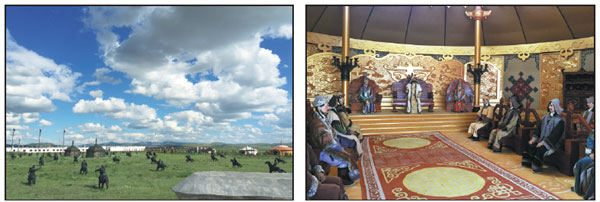Peace and action go hand in hand
Updated: 2016-07-20 07:49
By Yang Feiyue(China Daily USA)
|
||||||||
Outing offers a cool break and plenty to do and see, Yang Feiyue reports.
Relief from China's sweltering heat is a lot closer than you may sometimes think. In late June after a drive of just three hours from Beijing you can be snuggling under thick quilts in Chengde, Hebei province, where summer temperatures generally range from 15 C to 28 C.
However, for many visitors to Chengde, one of the strongest attractions is its grasslands, at their verdant best from May to October. On the days when I was there this landscape was complemented by the bluest of skies, decked with thick, chunky clouds that seemed to be almost within arm's reach, hanging over the city's Fengning Manchu autonomous county.
The final brushstrokes to this splendid picture came in the form of horses wandering the slopes, seemingly without a care in the world.
That kind of serenity no doubt largely escaped Genghis Khan (1162-1227) in 1212, busy as he was conquering the vast expanses of southern Mongolia. Today you can see the site of one of his residences, the Dahan Palace, which covers 2 square kilometers and whose surroundings include a wetland park.
Among the striking attractions are the magnificent golden tent, a replica of the one where Genghis Khan discussed official business with his ministers, statues, armored horses and temples that are an aesthetic hybrid, with Buddhist, Taoist and shaman characteristics.
If you are energetic enough to climb the stairs to the roof of the temple you will get a bird's-eye view of it all. You can practically divide what amounts to an open-air museum into halves, the left side of the palace area offering insights into how Genghis Khan conquered all, and the right side featuring barracks that consist of 600 Mongolian yurts.
The wetland park features, including river, swamp, lake, grasslands and flowers, are a wonder to behold. For those who prefer a bit of action there is horse riding, archery, golf and fishing.
Chengde has the distinction of being one of the few places in the Beijing-Tianjin-Hebei region that can boast of having almost virgin environmental credentials, and the authorities take their job of safeguarding the environment in the area very seriously. Doing so helps ensure that the area remains a major source of fresh water for Beijing.
The city has settled on tourism, among other environmental-friendly businesses, to develop the local economy, and an international tourism festival is held each year between late June and early September.
The theme of this year's festival was self-drive holidays following a route that royal families once used.
The route takes in historic sites, including the Great Wall and the Summer Mountain Resort of Emperor Kangxi (1662-1722), forests and grasslands, and places of interest for their ethnic elements, says Li Siquan, deputy director of Chengde tourism authority.
The events held at this time of the year include the Federation Equestrian International's one-star endurance match, a cross-country race across the Great Wall's Jinshanling section, a lotus flower festival at the Summer Mountain Resort of Emperor Kangxi, hiking in Xinglong, famous for its fresh air, and a vintage car tour. Visitors can also ride horses on farms in Fengning.
"Chengde was practically a second capital during the Qing Dynasty (1644-1911), and so a lot has happened here," Li says.
The Kangxi Ceremony, staged in the city's Shuangluan district, is a sound and light spectacular that includes plenty of action with horses, and it had me on the edge of my seat. It also gave the audience an insight into Kangxi's life and how he saw the world at different stages of his life.
Anyone coming to Chengde can also experience folk art, such as paper-cutting and making glassware firsthand, Li says.
Chengde is likely to have attracted 11 million visitors in the first six months of the year, he says. Last year 33.5 million tourists from home and abroad poured in, generating income of 33.8 billion yuan ($5.1 billion) for the city.
About 60 percent of the visitors were self-drivers, and people from Southeast Asia, France, Germany, Belgium and Italy figured strongly in those numbers, Li says.
"Many horse-themed products and a new horse ranches are being developed in Fengning at the moment," Li says.
Eight high-speed railway lines have been developed, radiating to Beijing, Tianjin, Tangshan and Qinhuangdao in Hebei, and Liaoning province and the Inner Mongolia autonomous region.
An airport will open in Chengde this year, with flights to: Xi'an, Shaanxi province; Luoyang, Henan province; and Shanghai.
By the end of 2018 or early 2019 it is expected that a high-speed rail to Beijing will take little more than 45 minutes.
These days the gorgeous grasslands of Inner Mongolia are difficult to resist for those looking to spend time close to nature, but if a touch of ancient royal elements and some sports are what you are looking for, Chengde is worth considering.
Contact the writer at yangfeiyue@chinadaily.com.cn
A seven-day respite from hustle and bustle
Recommended itinerary for Chengde
Day 1: Jinshanling section of Great Wall
It runs 10.5 kilometers and has been called the most magnificent part of the Great Wall north of Beijing. The Wangjinglou Tower offers a bird's-eye view.
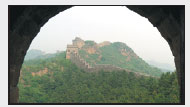
Day 2: Summer Mountain Resort of Emperor Kangxi
What is said to be the world's biggest royal garden has resplendent palaces, exquisitely carved pavilions and red and green glazed tiles tucked away among lush plants. It was built in 1703 and covers 5.64 million square meters, twice the size of the Summer Palace in Beijing. Temples featuring Mongolian and Tibetan elements stand tall in the northeastern part of the resort.
Day 3: Qijia hot spring resort
A cool summer makes hot springs a good choice for many visitors. The resort offers various hot springs, located in forests.
Day 4-5: Mulan Paddock
You can see and buy many local wines and specialties at a local wine culture museum. The Saihanba national forest park includes grasslands, lakes and wetlands. Rows of giant wind power machines can be seen at Hongsongwa Pasture.
Day 6-7: Fengning Bashang
The Datan grassland is the closest of its kind to Beijing. Dahan Palace and the Baiyun Ancient Cave are among the highlights. The grassland looks its best in July and August when campfire parties, ethnic songs and dances, and archery events are staged in many local holiday resorts. Roasted whole lamb and milky tea are served.
Yang Feiyue
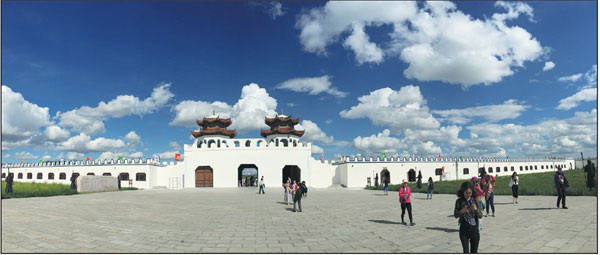
|
Top: The Dahan Palace, a replica of one of Genghis Khan's residences, is a highlight on the grasslands of Chengde. Above left: The palace features statues of armored soldiers, horses and temples. Above right: The golden tent replicates where Genghis Khan discussed official business with hisministers. Photos By Yang Feiyue / China Daily |
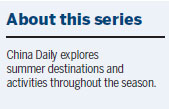
(China Daily USA 07/20/2016 page9)
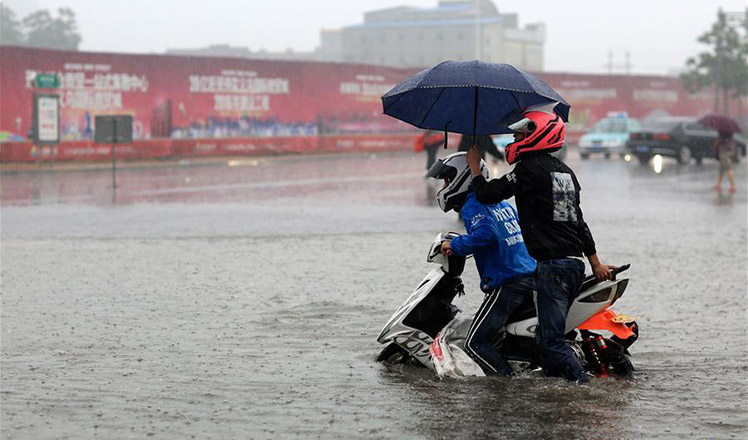
 Heavy rain, floods across China
Heavy rain, floods across China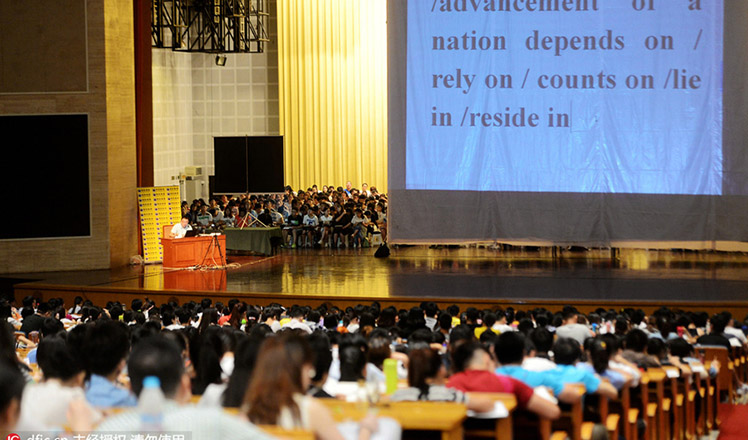
 Super-sized class has 3,500 students for postgraduate exam
Super-sized class has 3,500 students for postgraduate exam
 Luoyang university gets cartoon manhole covers
Luoyang university gets cartoon manhole covers
 Top 10 largest consumer goods companies worldwide
Top 10 largest consumer goods companies worldwide
 Taiwan bus fire: Tour turns into sad tragedy
Taiwan bus fire: Tour turns into sad tragedy
 Athletes ready to shine anew in Rio Olympics
Athletes ready to shine anew in Rio Olympics
 Jet ski or water parasailing, which will you choose?
Jet ski or water parasailing, which will you choose?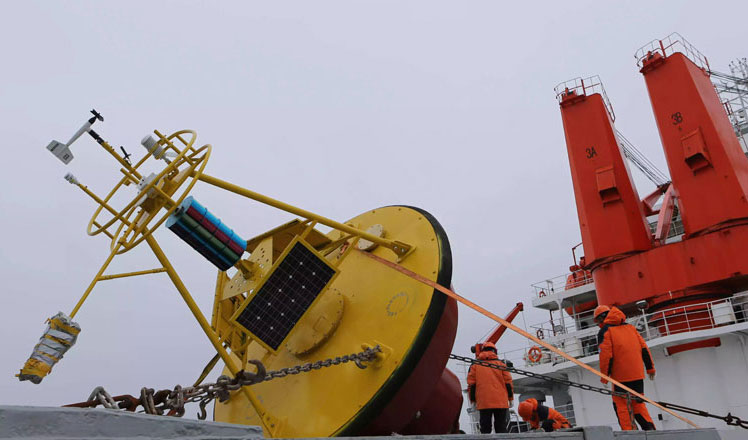
 Icebreaker Xuelong arrives at North Pacific Ocean
Icebreaker Xuelong arrives at North Pacific Ocean
Most Viewed
Editor's Picks

|

|

|

|

|

|
Today's Top News
Ministry slams US-Korean THAAD deployment
Two police officers shot at protest in Dallas
Abe's blame game reveals his policies failing to get results
Ending wildlife trafficking must be policy priority in Asia
Effects of supply-side reform take time to be seen
Chinese State Councilor Yang Jiechi to meet Kerry
Chinese stocks surge on back of MSCI rumors
Liang avoids jail in shooting death
US Weekly

|

|
